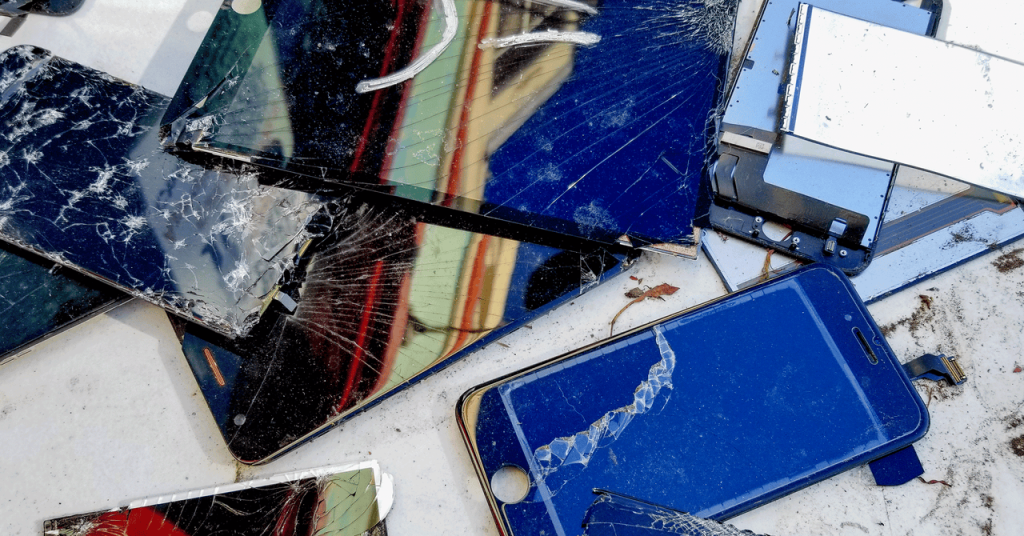The Looming E-Waste Crisis: A Global Challenge
The device you’re using to read this article may not be around for long. Whether it’s an unfortunate encounter with water, a curious pet, or simply reaching the end of its lifespan, your phone or computer is likely to join the growing mountain of discarded electronic devices. This “electrical and electronic equipment” (EEE) encompasses anything with a plug or battery, and it’s becoming an increasingly alarming problem.
The Rise of E-Waste in a Consumerist World
As economies develop and consumerism spreads globally, e-waste has escalated into a full-blown environmental crisis. According to a recent UN report, in 2022, humanity generated a staggering 137 billion pounds of e-waste—more than 17 pounds per person—and recycled less than a quarter of it. High-income countries, on average, own 109 EEE devices per capita, while low-income nations have just four.

Kees Baldé, a senior scientific specialist at the United Nations Institute for Training and Research and lead author of the report, expresses his concern:
“What was really alarming to me is that the speed at which this is growing is much quicker than the speed that e-waste is properly collected and recycled. We just consume way too much, and we dispose of things way too quickly. We buy things we may not even need, because it’s just very cheap. And also these products are not designed to be repaired.”
The Untapped Potential of E-Waste Recycling
The UN report emphasizes the urgent need to increase recycling rates. In 2022, e-waste contained 68 billion pounds of metal, mostly iron, along with aluminum, copper, and nickel. Other EEE metals include zinc, tin, and antimony. The pie chart below illustrates the significant amount of metals that could be recovered through proper recycling.

The Complexity and Dangers of E-Waste
E-waste is a complex waste stream, with different components and manufacturing processes varying across brands and models. Additionally, e-waste can contain hazardous materials like cobalt, flame retardants, and lead. Improper processing of e-waste releases toxic substances, such as mercury, endangering human health and the environment.
In low- and middle-income countries, informal e-waste recyclers often lack proper safety equipment, exposing themselves and the environment to dangerous materials. High-income countries ship a significant portion of their e-waste to these nations, further exacerbating the problem.
The Path Forward: Legislation and Responsible Consumption

To address the e-waste crisis, legislation and extended producer responsibility (EPR) policies are crucial. EPR involves fees paid by EEE manufacturers to support e-waste management. However, as Baldé points out, recycling alone is not enough:
“We are consuming so much, we cannot really recycle our way out of the problem.”
Ultimately, the solution lies in responsible consumption. We need high-quality, durable products that are designed for repair and longevity. When devices reach the end of their lifespan, they must be processed through a safe and efficient e-waste recycling system. By embracing these changes, we can begin to tackle the growing e-waste crisis and protect our planet for future generations.

2 Comments
The e-waste crisis is like a silent movie playing on loop; we all see it, but no one’s reacting!
E-waste, the planet’s Cinderella story, except there’s no fairy godmother to clean this mess up!